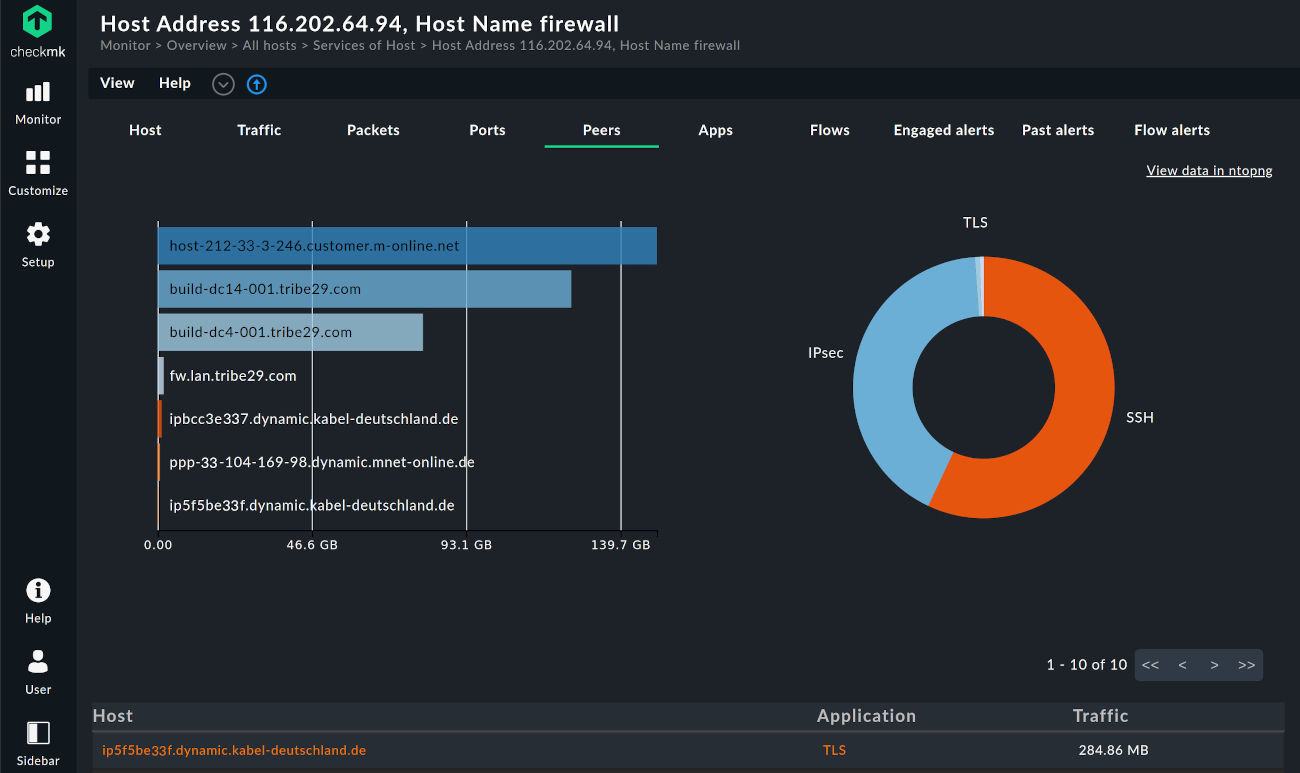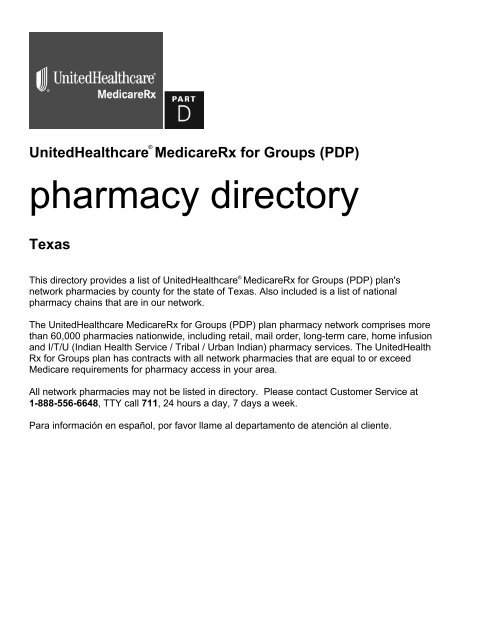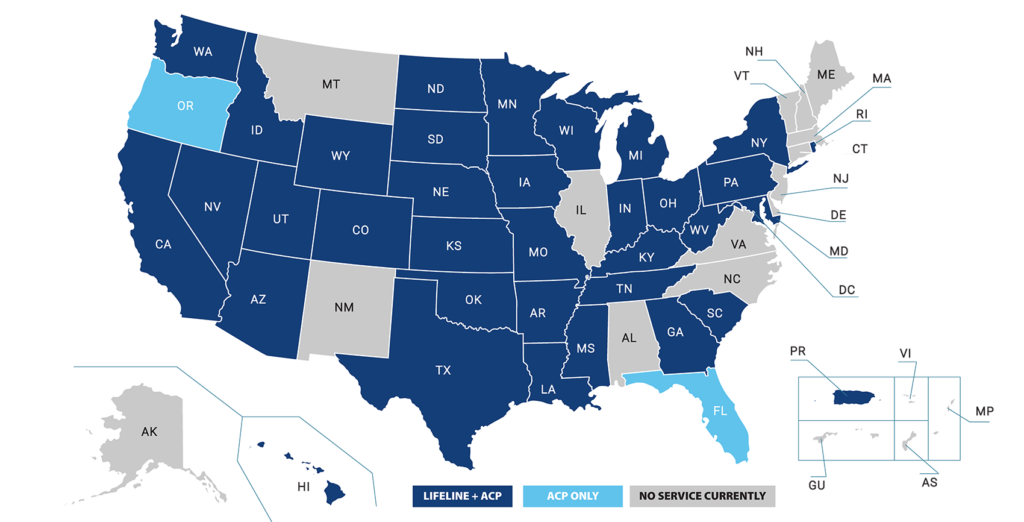In today’s digital era, network flow monitoring has become an essential aspect of IT operations. It provides real-time data on the network’s traffic, enabling network administrators to identify and address potential issues before they escalate. But network flow monitoring is more than just a tool for monitoring network traffic. It offers valuable insights into the workings of your network, which can help you optimize your network performance, improve security, and enhance your overall IT infrastructure.
With network flow monitoring, you can gain insights into the types of traffic on your network, including where it’s coming from and where it’s going. This information can help you identify potential bottlenecks, and optimize your network to improve performance. It can also help you detect and prevent security threats by identifying suspicious traffic patterns or unusual activity on your network. By leveraging the insights gained from network flow monitoring, you can take proactive measures to ensure that your network runs smoothly, securely, and efficiently.

What is Network Flow Monitoring?
Network flow monitoring is a process used to gain insights from the flow of data through a network. It involves analyzing the data traveling across a network in order to identify patterns and uncover trends. This process allows organizations to detect potential problems, improve network performance, and detect security threats. By understanding the data flow across a network, organizations can make better decisions about network design and utilization.
What Insights Can You Gain From Network Flow Monitoring?
Network flow monitoring can provide numerous insights into the performance and activity of a network. It can reveal patterns of usage, such as peak times of day or week, or how different devices and users interact with the network. It can also show how the network is being utilized, including how much bandwidth is being used and which applications are being used most. This can help organizations understand which applications are consuming the most resources, and identify areas where performance can be improved.
Identifying Security Threats
Network flow monitoring can also be used to identify potential security threats. By analyzing the data traveling across the network, organizations can detect anomalies that may indicate malicious activity. This can help organizations ensure that their networks are secure and prevent potential attacks or data breaches. Network flow monitoring can also help organizations identify misconfigured devices or potential vulnerabilities that can be exploited by attackers.
Improving Network Performance
Network flow monitoring can also be used to improve network performance. By understanding the data flow across the network, organizations can identify areas where performance is lagging or where resources are being utilized inefficiently. This can help organizations determine which applications are consuming the most resources, and make adjustments to optimize the network. Network flow monitoring can also help organizations identify bottlenecks and improve network performance.
Frequently Asked Questions about Network Flow Monitoring
Network flow monitoring is an important tool that enables organizations to gain insights into their network traffic. By monitoring and analyzing the flow of traffic through a network, organizations can gain valuable insights into the performance of their network, detect malicious activity, and identify potential security vulnerabilities.
What is Network Flow Monitoring?
Network flow monitoring is a technique used to monitor the flow of network traffic through a network. It involves monitoring data flows between network nodes and analyzing the data to gain insights into the performance of the network. The data collected can be used to identify anomalies in the network, detect malicious activity, and identify potential security vulnerabilities. By using network flow monitoring, organizations can gain insights into their network’s performance and take appropriate measures to make it more secure.
What Insights Can You Gain from Network Flow Monitoring?
Network flow monitoring can provide organizations with valuable insights into their network’s performance. By analyzing the data collected from network flow monitoring, organizations can identify patterns in the network traffic and gain a better understanding of how their network is performing. This can help them identify potential bottlenecks and areas of improvement. Additionally, network flow monitoring can also help organizations detect malicious activity on their networks as well as identify potential security vulnerabilities.
How Does Network Flow Monitoring Work?
Network flow monitoring works by capturing and analyzing the data flows between network nodes. The data collected is then analyzed to gain insights into the performance of the network. The data can be used to identify patterns in the network traffic and provide insights into the performance of the network. Additionally, the data can also be used to detect malicious activity and identify potential security vulnerabilities.
What Are the Benefits of Network Flow Monitoring?
The primary benefit of network flow monitoring is that it provides organizations with valuable insights into their network’s performance. By analyzing the data collected from network flow monitoring, organizations can identify patterns in the network traffic and gain a better understanding of how their network is performing. Additionally, network flow monitoring can also help organizations detect malicious activity on their networks as well as identify potential security vulnerabilities.
What is the Difference Between Network Flow Monitoring and Network Analysis?
Network flow monitoring and network analysis are two distinct processes. Network flow monitoring involves capturing and analyzing data flows between network nodes, while network analysis involves analyzing the data to gain insights into the performance of the network. Network flow monitoring is primarily used to identify patterns in the network traffic and detect malicious activity, while network analysis is used to gain a better understanding of how the network is performing and to identify potential areas of improvement.
In conclusion, network flow monitoring is an essential tool for any organization that wants to maintain optimal network performance and security. With the insights gained from flow monitoring, network administrators can quickly identify and troubleshoot network issues, prevent security breaches, and ensure the efficient utilization of network resources. The information gathered from flow monitoring can also be used to improve network policies and make informed decisions about network upgrades and expansions.
Moreover, network flow monitoring is not just a reactive tool but it also helps organizations to be proactive in identifying potential security threats and network vulnerabilities. By analyzing network traffic patterns and identifying anomalies, network administrators can detect and prevent suspicious activities and attacks before they cause extensive damage. With the continuous evolution of network technologies and the increasing sophistication of cyber attacks, deploying a reliable network flow monitoring solution has become a necessity for organizations of all sizes and industries.



